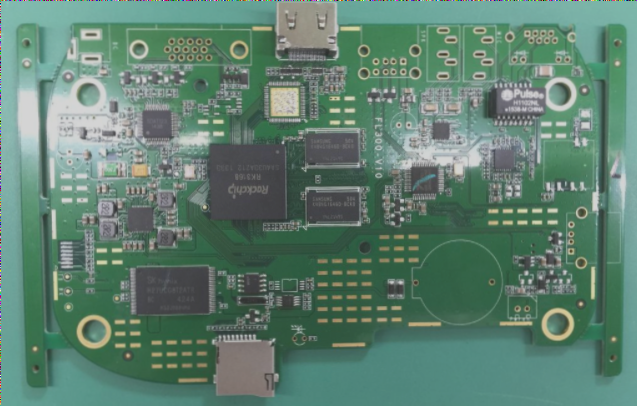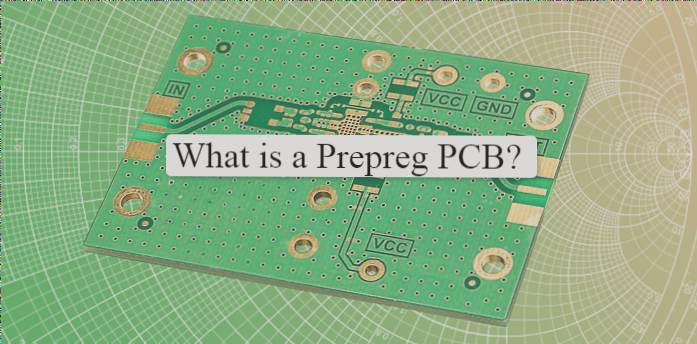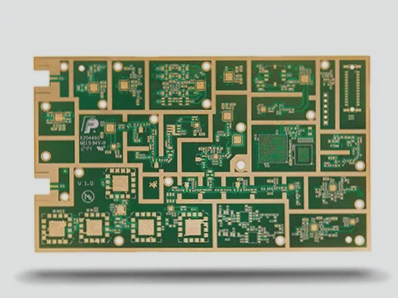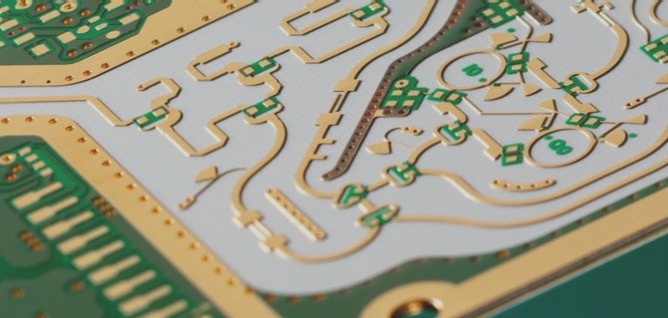Flexible PCB (FPC) Structure and Technology Trends
The basic structure of a single-sided FPC consists of a copper foil conductor on a polyimide base film with epoxy resin adhesive and a protective film. To overcome limitations in temperature thresholds, adhesive-free FPC structures are now used, enhancing mechanical properties and enabling finer or multilayer circuits without compromising flexibility.
Double-sided FPCs with through-hole or multilayer structures are similar to rigid PCBs but use only polyimide resin for bonding layers, allowing for increased complexity and performance. Recent advancements in FPC technology trends include:
- High-density circuits with conductor pitches of 30µm or less
- Reduced through-hole diameters below 100µm
- Manufacturing of ultra-high-density FPCs with pitches of less than 25µm
- Improved joining technology for higher reliability and performance

Basic Constituents of Flexible PCBs
The key materials in FPCs include a heat-resistant base film, copper-clad laminates, and protective layers for the conductors.
Copper Clad Laminates
FPC manufacturers utilize copper-clad laminates to produce FPC products, with advancements in materials moving towards binder-free options to enhance heat resistance and overall physical properties.
Advanced Manufacturing Methods for High-Performance Flexible Printed Circuits (FPCs)
-
Casting Process
The casting process for high-performance FPCs involves coating copper foil with liquid polyimide resin to form a film. To ensure excellent adhesion and dimensional stability, a multi-layer approach is used. A thermoplastic polyimide resin is utilized for the adhesive layer in double-sided copper-clad boards.
-
Sputtering/Plating Process
In this process, a heat-resistant film with good dimensional stability is sputtered with a seeding layer for bonding strength. Copper layers are then added through sputtering and electroplating to achieve the desired thickness.
-
Hot Pressing Method
The hot pressing method involves laminating copper foil onto a heat-resistant polyimide film coated with a thermoplastic adhesive resin. This method simplifies manufacturing, especially for double-sided copper-clad laminates, and is cost-effective for small-batch production.
Protective Layer Innovation
One crucial component of FPCs is the protective layer, known as Cover Lay. Traditional methods involve using a heat-resistant film as the protective layer, which can be challenging for automatic processing and fine window processing needs. New protective materials are being explored to meet the evolving demands of high-density SMT applications.



